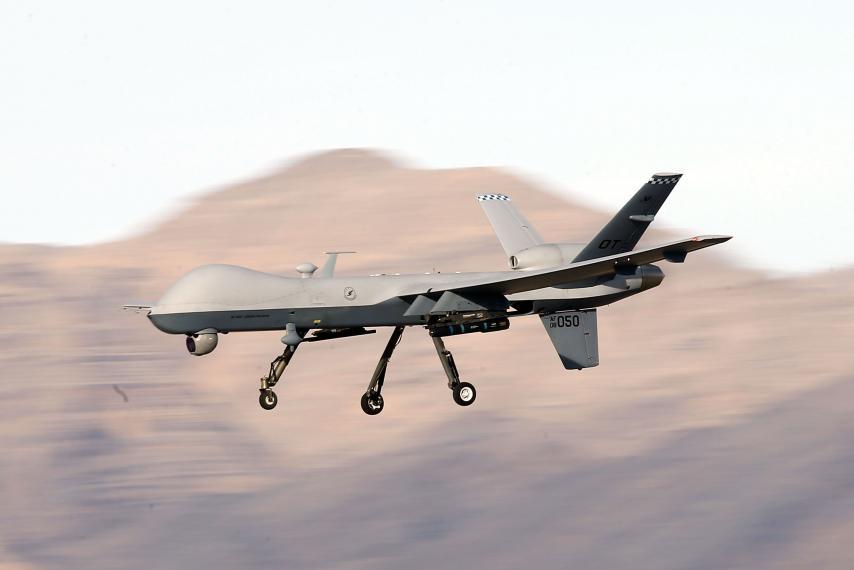At Public Books, Jason Pearl reviews two recent books that examine how drones are transforming warfare, making it “safer” for military powers like the US, yet ever more deadly for civilians. The book are Drone: Remote Control Warfare by Hugh Gusterson and Aerial Aftermaths: Wartime from Above by Caren Kaplan. Read an excerpt from the review below.
The killing machine of the early 21st century can serve as an object lesson, helping us understand, among other problems, the significance of geographic distance in an era of global war and terrorism. Indeed, what counts as nearby and what as faraway when armies can watch and kill in real time on the other side of the planet? And if distance fosters apathy, what’s the effect of a drone, which allows one to look up close at otherwise remote people and places for long periods of time and at least partially understand them?
The implications of such category confusions lie at the heart of two new books: Hugh Gusterson’s Drone: Remote Control Warfare and Caren Kaplan’s Aerial Aftermaths: Wartime from Above. Pilots of drones, we learn, struggle with doubt and guilt, feeling bewildered and conflicted in front of their multiple screens. And some pilots identify and empathize with the people they’re supposed to reduce to targets. The machines themselves both expand and reduce vision, taking in greater total area but minimizing affective detail. Still, however distant, the pain and suffering on the ground remain perceivable if we look against the grain and think historically, remembering the prewar past, anticipating the trauma in the future. That trauma is always what one might call an “absent presence,” a conspicuous void betrayed by the strenuousness of military stoicism.
Image via Newsweek.
